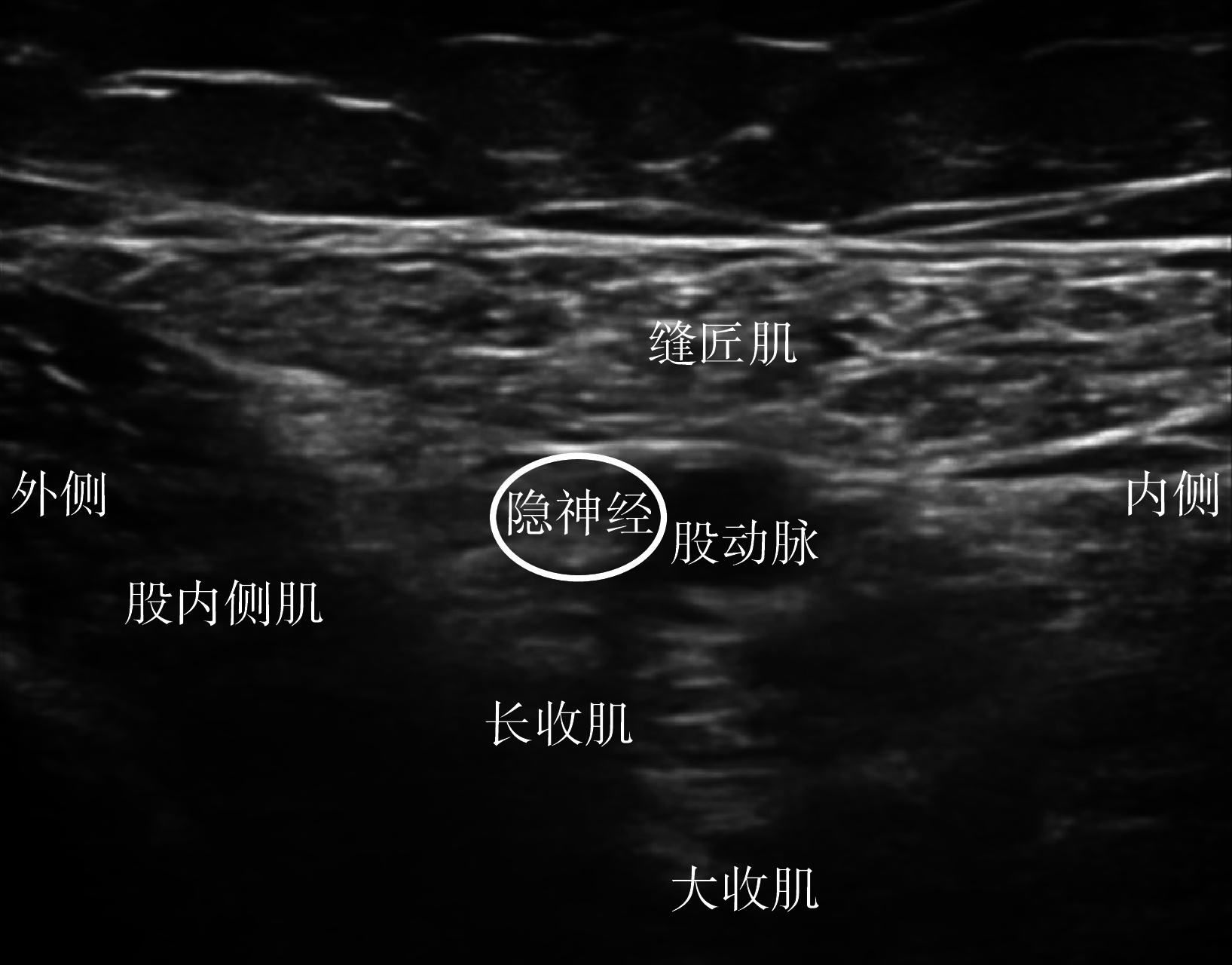[Research progress on analgesic effect of adductor canal block after knee arthroplasty]
- PMID: 36708123
- PMCID: PMC9883644
- DOI: 10.7507/1002-1892.202210066
[Research progress on analgesic effect of adductor canal block after knee arthroplasty]
Abstract
Objective: To summarize the research progress of the analgesic effect of adductor canal block (ACB) applied to knee arthroplasty, in order to find the ACB mode that can obtain better effectiveness.
Methods: The research progress of the analgesic effect of ACB after knee arthroplasty was reviewed by widely consulting the related literature on ACB at home and abroad in recent years.
Results: In recent years, multimodal analgesia has become the mainstay of postoperative pain management after knee arthroplasty. Among these, ACB replaces the once "gold standard" femoral nerve block (FNB) by offering comparable and effective analgesia with better preservation of quadriceps function. It is generally safe and efficient to use 0.2% ropivacaine ACB with initial loading doses of 15-30 mL and continual loading doses of less than 8 mL/hour to give analgesia comparable to FNB with minimal impact on lower extremity muscular strength. However, the risk of patient falls must still be taken into consideration by medical staff. Adjuvants like dexmedetomidine and dexamethasone used in ACB can increase the analgesic duration and postoperative analgesic impact. As a perineural adjunct for ACB, 1 µg/kg dexmedetomidine may strike a balance between safety and analgesic efficacy.
Conclusion: ACB is a safe and effective analgesia method after knee arthroplasty. The adductor canal anatomy, the optimum blocking strategy and blocking site of ACB are all hotly debated and still require additional study due to the significant variety of the nerve structures in adductor canal.
目的: 总结收肌管阻滞(adductor canal block,ACB)应用于膝关节置换术后镇痛效果的研究进展,以期发现获得更好临床效果的ACB方式。.
方法: 广泛查阅近年来国内外关于ACB的相关文献,对ACB应用于膝关节置换术后镇痛效果的研究进展进行综述。.
结果: 近年来,多模式镇痛已成为膝关节置换术后疼痛管理的主要方法,其中ACB能够提供等效、良好的镇痛效果,同时更好地保存股四头肌功能,替代了“金标准”股神经阻滞(femoral nerve block,FNB)。在临床操作中使用0.2%罗哌卡因行ACB,首次负荷剂量为15~30 mL,持续负荷剂量<8 mL/h,能够提供与FNB等效的镇痛效果,同时对下肢肌力影响较小,相对安全有效;但医务人员仍需警惕患者跌倒可能性。在采用局部麻醉药物行ACB中联合应用辅助药物如右美托咪定、地塞米松等,可增强术后镇痛效果、延长镇痛时间;1 µg/kg右美托咪定神经周围给药可能同时兼顾安全性和镇痛疗效。.
结论: ACB是膝关节置换术后一种安全有效的镇痛方法。由于收肌管内神经结构的高度变异性,收肌管解剖、ACB的最佳阻滞方法和阻滞位置存在较大争议,仍需进一步研究与探讨。.
Keywords: Knee arthroplasty; adductor canal block; analgesia; quadriceps muscle.
Conflict of interest statement
利益冲突 在课题研究和文章撰写过程中不存在利益冲突
Figures
Similar articles
-
Analgesic efficacy and quadriceps strength of adductor canal block versus femoral nerve block following total knee arthroplasty.Knee Surg Sports Traumatol Arthrosc. 2016 Aug;24(8):2614-9. doi: 10.1007/s00167-015-3874-3. Epub 2015 Nov 26. Knee Surg Sports Traumatol Arthrosc. 2016. PMID: 26611901 Review.
-
Effects of multi-site infiltration analgesia on pain management and early rehabilitation compared with femoral nerve or adductor canal block for patients undergoing total knee arthroplasty: a prospective randomized controlled trial.Int Orthop. 2017 Jan;41(1):75-83. doi: 10.1007/s00264-016-3278-0. Epub 2016 Aug 25. Int Orthop. 2017. PMID: 27557955 Clinical Trial.
-
A comparison of adductor canal block and femoral nerve block after total-knee arthroplasty regarding analgesic effect, effectiveness of early rehabilitation, and lateral knee pain relief in the early stage.Medicine (Baltimore). 2018 Nov;97(48):e13391. doi: 10.1097/MD.0000000000013391. Medicine (Baltimore). 2018. PMID: 30508936 Free PMC article. Clinical Trial.
-
Adductor canal block combined with local infiltration analgesia with morphine and betamethasone show superior analgesic effect than local infiltration analgesia alone for total knee arthroplasty: a prospective randomized controlled trial.BMC Musculoskelet Disord. 2022 May 19;23(1):468. doi: 10.1186/s12891-022-05388-5. BMC Musculoskelet Disord. 2022. PMID: 35590308 Free PMC article. Clinical Trial.
-
Is continuous catheter adductor canal block better than single-shot canal adductor canal block in primary total knee arthroplasty?: A GRADE analysis of the evidence through a systematic review and meta-analysis.Medicine (Baltimore). 2020 May;99(20):e20320. doi: 10.1097/MD.0000000000020320. Medicine (Baltimore). 2020. PMID: 32443383 Free PMC article.
References
Publication types
MeSH terms
Substances
LinkOut - more resources
Full Text Sources
Medical
Research Materials

